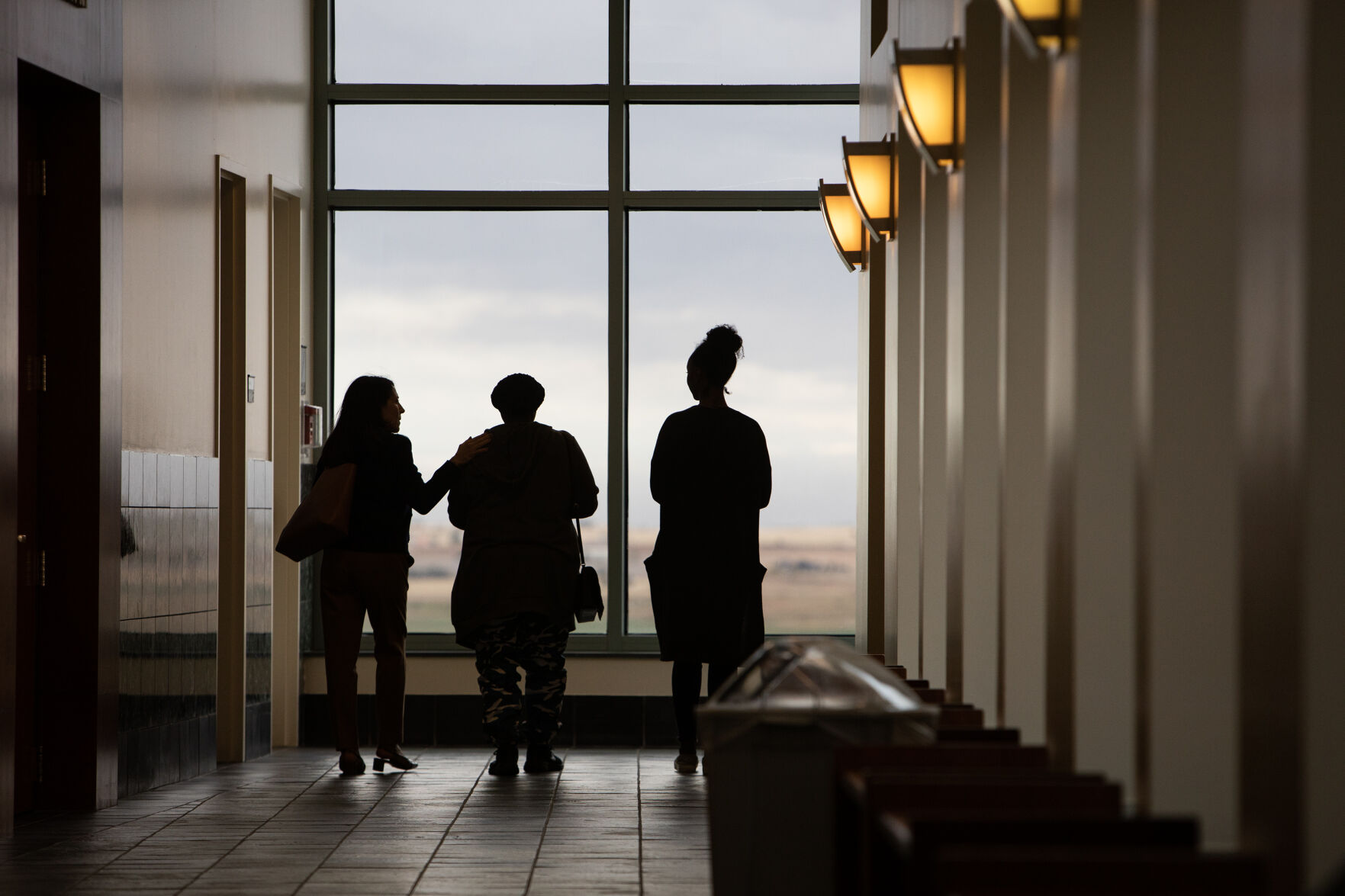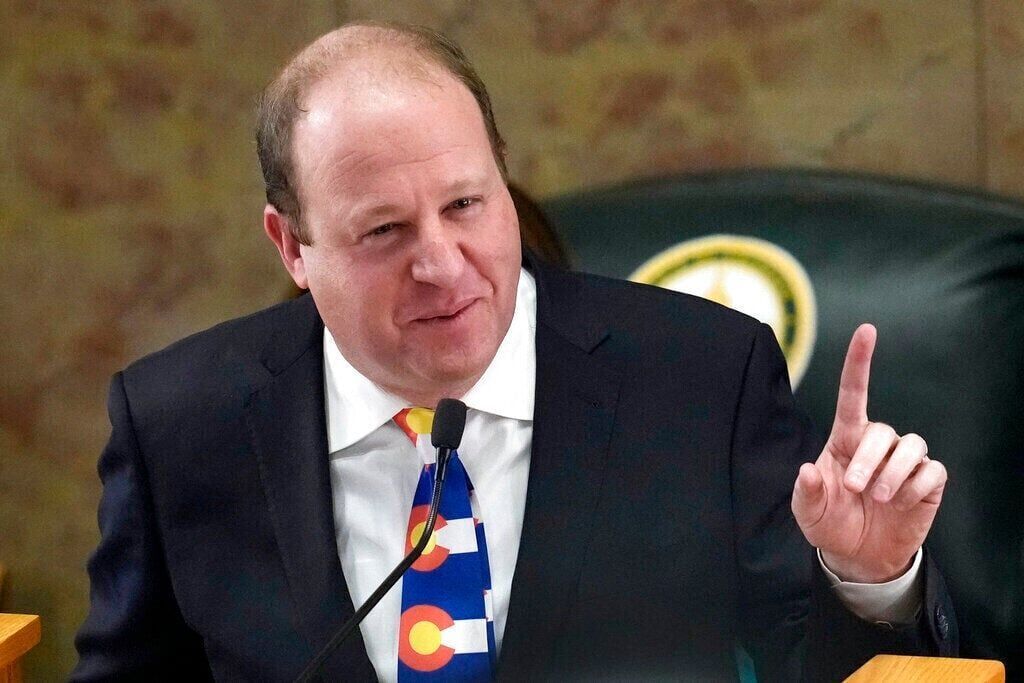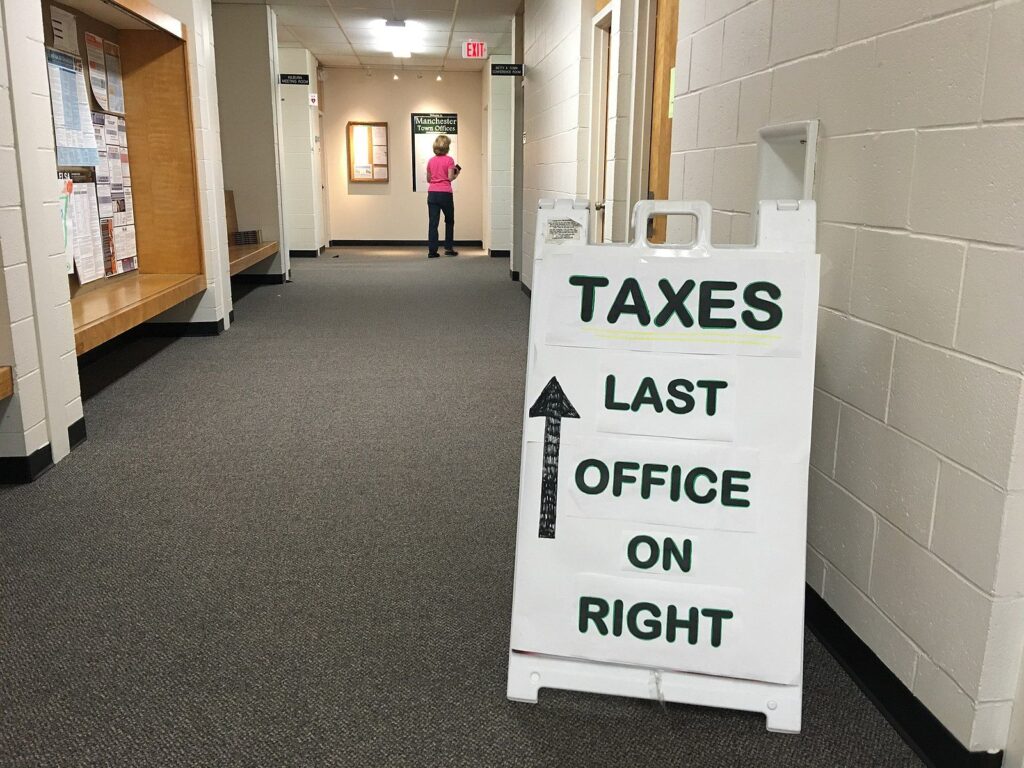Frisch raises 4 times as much as Boebert, Jared Polis to debate Prop HH | WHAT YOU NEED TO KNOW

Today is Oct. 17, 2023, and here’s what you need to know:
After spending $1.5 million during the three-month period, Adam Frisch’s campaign reported more than $4.3 million on hand. U.S. Rep. Lauren Boebert’s campaign held just over $860,000 and finished the quarter with over $1.4 million in the bank – just under one-third of her challenger’s balance.
Frisch has raised more than $7.7 million for the cycle, while Boebert has brought in just under $2.5 million. The totals include funds left over from last year’s campaigns.
Both candidates face primary challengers for the targeted seat, which covers most of the Western Slope and parts of Southern Colorado, including Pueblo County and the San Luis Valley.
Republican Jeff Hurd, a Grand Junction attorney, reported raising just over $400,000 for the quarter, his first in the race. After spending just over $50,000, he had about $350,000 on hand.
Boebert’s other GOP challenger, Russ Andrews, raised nearly $40,000 and loaned his campaign more than $250,000. He reported spending about $40,000 and had just over $260,000 left over.
Seeking the Democratic nomination, Grand Junction Mayor Anna Stout raised just over $100,000 in her first quarter in the race. She spent about $60,000 and finished the quarter with just over $40,000 on hand.
Gov. Jared Polis and economist Arthur Laffer will face Rep. Rose Pugliese and Michael Fields in a debate on Oct. 23 over the proposal to use Taxpayer’s Bill of Rights dollars for property tax relief.
Colorado Politics, The Denver Gazette and 9News will host the debate, which is scheduled for 7 p.m. on Oct. 23. The two news entities will live-stream the debate on their respective websites.
Fields of Advance Colorado Action and Pugliese, the assistant minority leader in the House, will represent the “no” side during the debate. Polis and Laffer will argue the “yes” side.
The ballot question, which the legislature referred to the ballot, will ask voters this November for permission to raise what’s called the Referendum C cap by 1% and keep that additional revenue for a 10-year period. That would generate about $167 million per year. That total would be funneled to local governments to hold them “harmless” from reductions in property tax revenue, as well as boost funding for K-12 education.
The Colorado Supreme Court on Monday threw out a decades-old rule restricting the ability of local governments to sue over state decisions, finding “confusion has developed” over who can seek judicial review and when.
At the same time, in a pair of decisions, the justices concluded Adams County School District 14 could not challenge the state board of education’s order to reorganize in the face of poor performance, nor could Weld County litigate the air quality commission’s inspection requirements for oil and gas wells.
The lawyer for Adams 14, however, said the decision on the district’s underlying claims will have no effect because the Colorado State Board of Education recently backed down from its reorganization directive. Instead, the Supreme Court walking away from its own rule will be beneficial for local governments across the state, said Joseph A. Salazar, a former legislator from Thornton.
“That’s a huge freaking win,” he added. “Every school district, every county and municipality will now have the right to sue the state when they’re harmed.”
A state audit released Monday showed that communications from Medicaid to its members is not always accurate, complete or understandable.
The report from the the Office of the State Auditor says that information needs to be more accurate, understandable, informative and clear.
The audit found that of 80 sampled letters sent to Medicaid members, 72 had one or more problems, including duplicated information, contradictory and confusing messages, unclear guidance and complicated sentences and word choice, according to a news release from the auditor’s office.
In January and February this year, one family got 48 Medicaid letters with 460 pages. In the same two-month time period, a second family got a 57-page Medicaid letter that repeated the same message 63 times, the audit said.
Letters also contained inaccuracies, such as deadline dates that didn’t comply with state Medicaid requirements, inconsistent response timeframes for the same type of information requests and Spanish-language translations that were unclear.
The latest case before the Court of Appeals concerned the 2015 trial of Anthony Luis Loya, who is serving a life sentence for breaking a man’s arm with a baseball bat, robbery and menacing.
During jury selection, then-District Court Judge Robert W. Kiesnowski Jr. read the legal definition of reasonable doubt, then told jurors he would “give you an example.” Kiesnowski, who was also the judge in Tibbels, asked the jury to imagine they have been looking for a home to purchase with their family. Eventually, they find a house that “sounds like the American dream.”
“You walk downstairs. The bottom of the steps – you look at the far foundation wall, OK? It has got a crack from the floor to the ceiling,” Kiesnowski continued. “Are you buying that house?”
A juror responded in the negative. Kiesnowski approved, explaining, “You have got a structurally significant crack giving you reasonable doubt to proceed with the purchase.”
Kiesnowski then deployed a second example. He asked a juror to imagine her child was sick, prompting a visit to the doctor. The doctor “says it is nothing, just a cold,” but the juror hypothetically takes her child to another doctor, who says the condition is serious and the child should go to the hospital.













